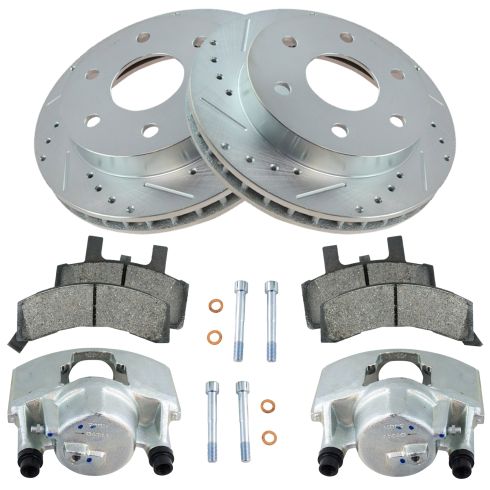1APBS01270-Chevrolet GMC Front Ceramic Performance Brake Pad & Rotor Kit with Calipers DIY Solutions BFS02035

Replaces
1998 Chevrolet K2500 Truck 8600LB GVW with 11 Inch Rear Drums Front Ceramic Performance Brake Pad & Rotor Kit with Calipers DIY Solutions BFS02035

Product Reviews
Loading reviews
There are no reviews for this item.
Customer Q&A
How know if these par is Mach exact with my truck?
November 12, 2020
10
Please refer to the fit chart to see if this kit will be correct for your vehicle. Also be sure to confirm any other fit details in the product description.
November 12, 2020
T I
Chevrolet is a registered trademark of General Motors Company. 1A Auto is not affiliated with or sponsored by Chevrolet or General Motors Company.
See all trademarks.
















